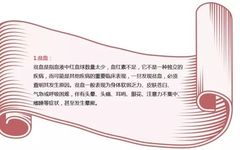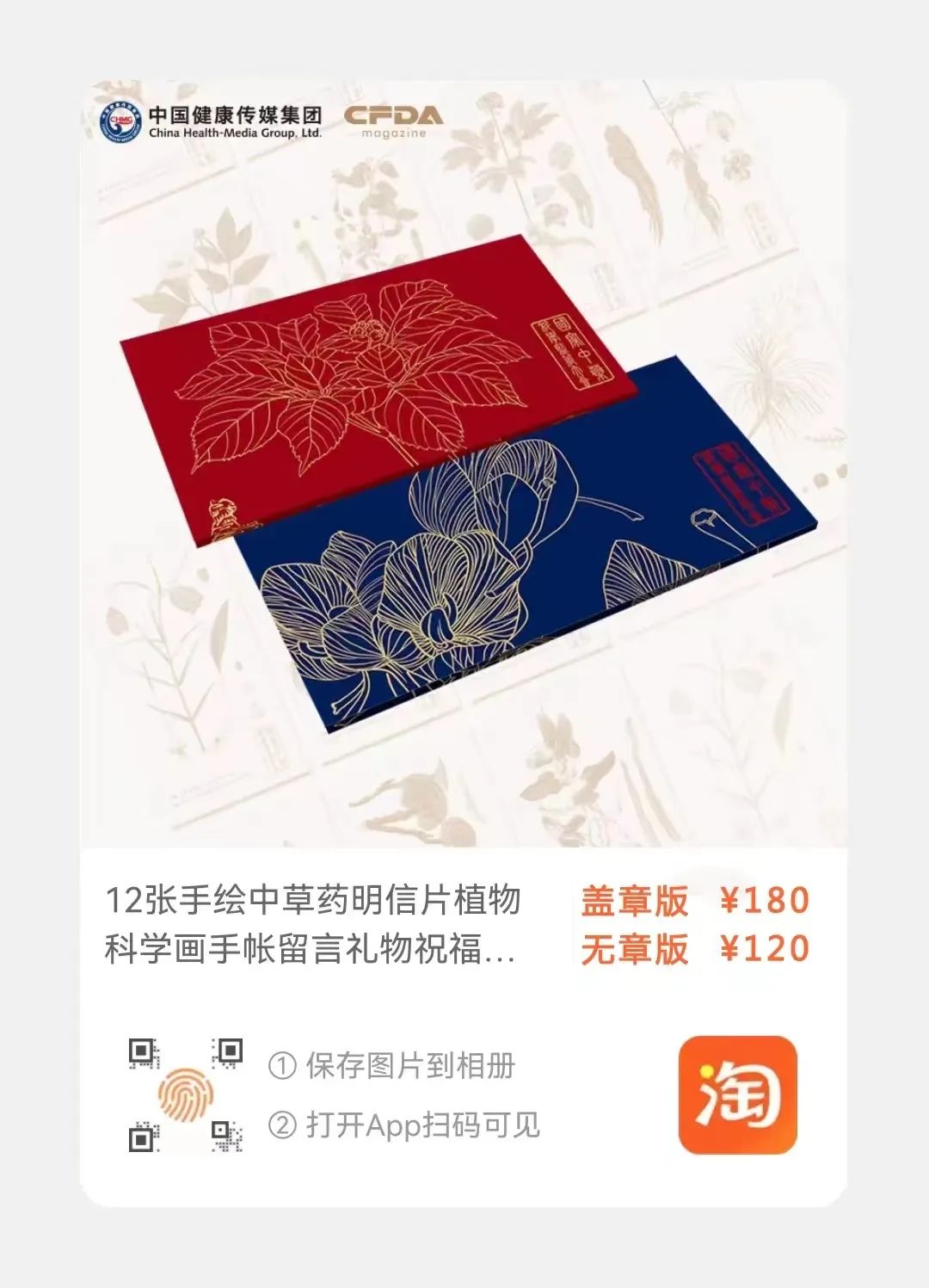
Anemia and blood deficiency are two different concepts.
Anemia is a precise term in modern medicine, specifically referring to the etiology-based treatment methods for different types of anemia. The main cause of anemia is the impairment of bone marrow hematopoiesis, a deficiency of hematopoietic substances, or genetic factors affecting the utilization of these substances.
In Traditional Chinese Medicine (TCM), blood deficiency (xue xu) is diagnosed through the four diagnostic methods: observation, listening, inquiry, and palpation, leading to a conclusion based on the collected symptoms. TCM does not have a specific term for anemia; many individuals may not be anemic but present symptoms similar to anemia in clinical settings. However, these symptoms can also arise from other diseases, so blood tests do not necessarily indicate anemia.
Conversely, patients diagnosed with anemia in TCM may not necessarily have blood deficiency. Many patients may have a combination of qi and blood deficiency, heart and spleen deficiency, spleen qi deficiency, liver and kidney yin deficiency, or spleen and kidney yang deficiency. Some anemic patients may even have blood heat or blood stasis. However, a portion of anemic patients (such as those with certain hemorrhagic anemias) may indeed be classified as having blood deficiency.
Differences Between Anemia and Blood Deficiency:
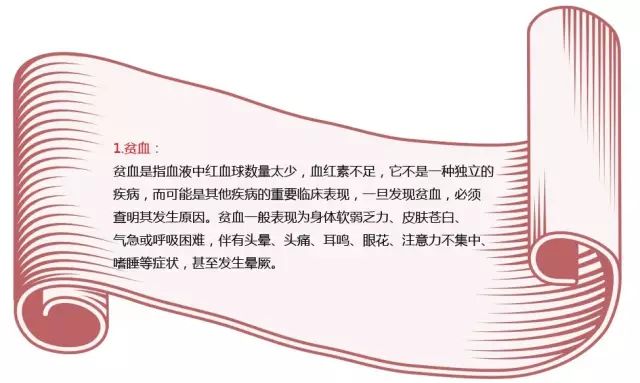
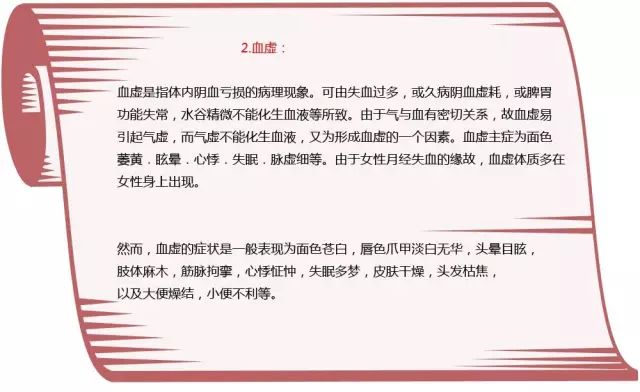
So how can one determine whether they have anemia or blood deficiency? Experts suggest that the best method is to undergo a routine blood test. Generally, normal hemoglobin levels for women are 12 grams; mild anemia is classified as 9-11 grams, moderate anemia as 6-9 grams, and severe anemia as 3-6 grams.
Blood deficiency should not be blindly treated with “blood tonics.”
Blindly taking ‘blood tonics’ can lead to waste of resources (including medicinal materials and money) and may also result in adverse effects, potentially delaying the diagnosis and treatment of serious diseases.
Even in cases of blood deficiency, simply taking blood tonics is not effective. In TCM theory, tonifying blood often relates to tonifying qi, yin, yang, and kidney functions, and sometimes requires invigorating blood circulation or regulating qi and blood together. It is rare to only focus on tonifying blood. From a TCM perspective, women should prioritize nourishing blood, primarily through nourishing yin and blood. Ingredients such as Ejiao (Donkey-hide Gelatin), Dang Gui (Angelica Sinensis), Hong Zao (Red Dates), Gou Qi Zi (Goji Berries), Longan (Longan Fruit), and He Shou Wu (Fo-Ti) are excellent for nourishing blood and enhancing beauty.
Classic Blood Nourishing Formula: Si Wu Tang (Four Substance Decoction)
Si Wu Tang is a well-known TCM formula composed of four herbs: Dang Gui (Angelica Sinensis), Chuan Xiong (Ligusticum Chuanxiong), Bai Shao (White Peony), and Shu Di Huang (Rehmannia). Among these, Dang Gui and Shu Di Huang are the primary ingredients.
Basic Preparation Method
Ingredients: 15 grams each of Dang Gui, Shu Di Huang, Chuan Xiong, and Bai Shao.
Method: Add an appropriate amount of wine to all the herbs, then add water and decoct.
Note: Use a medium-sized rice bowl to measure 4 bowls of water, and boil until only one bowl of water remains.
Dosage: Take on an empty stomach in the morning and evening; any temperature is acceptable, but it is best not to let the decocted herbs sit overnight before reheating.
Effects: Nourishes and regulates blood, improving pale complexion, rough skin, and enhancing hair quality.
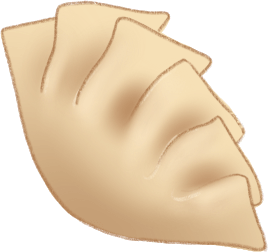
Published in the Journal of China Food and Drug Administration

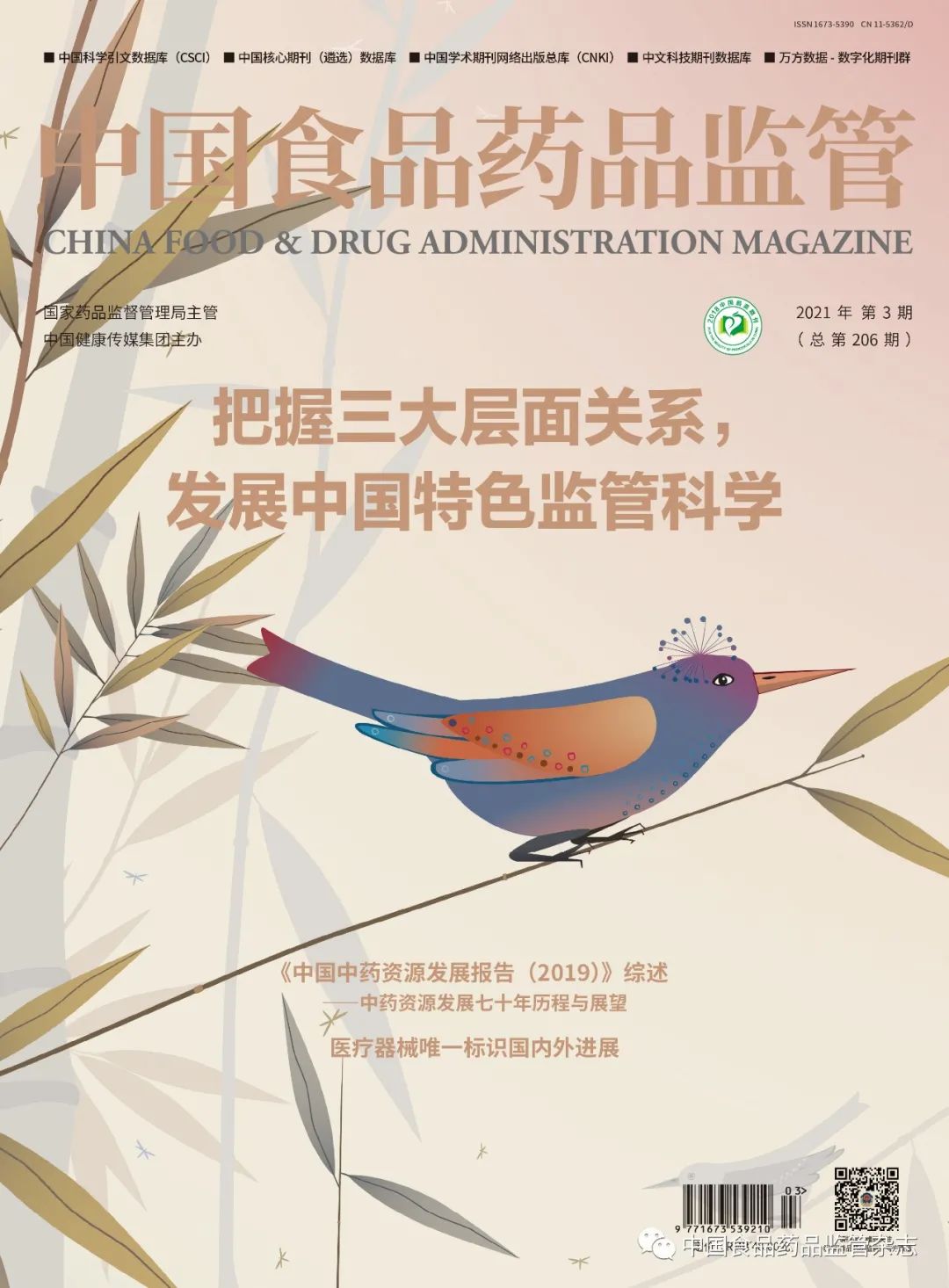

International Standard Serial Number:
ISSN 1673-5390
Domestic Unified Serial Number:
CN 11-5362/D
Journal Level: National Level
Publication Frequency: Monthly
The Journal of China Food and Drug Administration, established in 1998, is a core scientific and professional journal under the supervision of the National Medical Products Administration and affiliated with the China Health Media Group. It serves as an important platform for researching and promoting China’s food and drug regulatory policies, establishing scientific regulatory concepts, improving regulatory standards, and supporting the healthy development of the food and drug industry in China.
Click Cover to Subscribe to the Journal

Source: Combined Medication
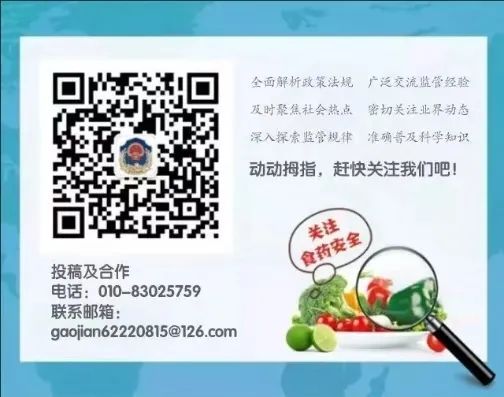
If you like it, please give a “thumbs up”~


